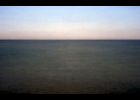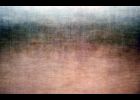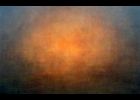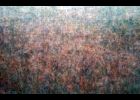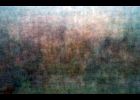McLuhan, Flusser, and the Mediatic Approach to Mind
The following text aims at reconstructing and comparing two paramount theories of the mind as historical product of the increasing predominance of media. Marshall McLuhan and Vilém Flusser both develop a theory of media, setting out, however, from very different points of departure. McLuhan tends to stress media in general, whereas Flusser insists on the importance of the predominant codes of communication. In spite of this, their theories show striking similarities. The deeper coincidence between McLuhan and Flusser lies in conceiving of existence and consciousness as formed or determined by the media. Another salient similarity can be detected in the definition of three great ages of human history, brought about by significant transformations in communication.
multilayered
The computer computes. Landscapes, disaster, nature, culture, icons, explosions. Daily news. Images of events that happen far away. Pixels and quanta, one or zero. In this multilayered-series I let the computer merge hundreds of single images into each other. They are taken systematically as well as randomly from the internet (or my private collection). The titles refer to the words which were entered into the image search engines. At recurring points of the calculation process I intervene with aesthetic decisions.
Flusser a metafyzika / Flusser und Metaphysik
Although Flusser proposes to examine human communication from a dispassionate, non-ideological point of view, his analysis is based on metaphysics. In his description of dialogical communication structures we can detect, in fact, a double recourse on metaphysics. On the one hand there are circular dialogues which, according to Flusser, originate in the Greek agora, on the other are certain net dialogues which originate from Jewish philosophy. The first case, a fundamentally Platonic type, is based on an ascending metaphysics, a movement from concrete reality into the realm of truth. In the second case, one is not looking for ideas or abstract principles but moving downwards toward concrete reality in order to find an embodiment for these ideas or principles. These structures allow us to reconsider not only metaphysics itself but also our notions of concrete reality.
Technický obraz a logická stavba (Bau): Flusser a Wittgenstein / Das technische Bild und der logische Bau: Flusser und Wittgenstein
Both Wittgenstein and Flusser tried to find an answer to the question: how are media possible? Although Wittgenstein does not ask this question explicitly it can be detected in his Tractatus. Because of this fundamental similarity between both thinkers, it is possible to read Wittgenstein's theory of logical form from the point of view of Flusser's concept of techno-image and to interpret Flusser's notion of medium from the point of view articulated in Wittgenstein's Tractatus. At the same time, it is necessary to focus on their differences. Wittgenstein deals with the problem of the form of a significant world, while Flusser
focuses on the problem of specific artifacts, that is, technical images. For Wittgenstein a medium is generally one object placed among other objects. Flusser, on the other hand, is interested in a specific medium situated among other artifacts.

